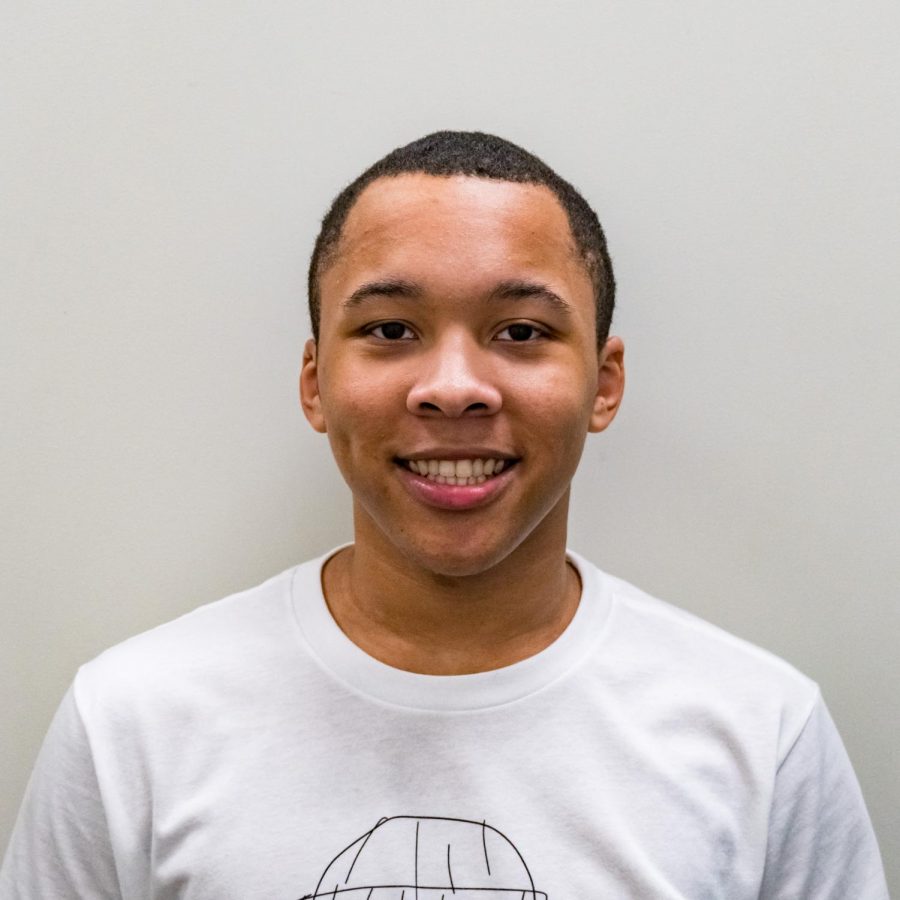POC Safe Spaces Are More Problematic Than You Think
October 5, 2018
“At What Cost?” is a testimony-based column which takes the lived experiences of NYU students and connects them to broader societal challenges. As much as we’d like to view NYU as a utopian “safe space,” our fellow students are forced to make difficult choices every day — this is our opportunity to unpack them.
Over time, people have generally become more socially aware. They are mindful of other people’s backgrounds, beliefs, cultural identities and countless nuanced characteristics which one gains through lived experiences. This social awareness is also presumably adopted by a majority of NYU students; however, whenever you throw nearly 50,000 undergraduate and graduate students from varying backgrounds into one institution, there are bound to be exceptions. For many students, especially black and indigenous people, finding a sense of community in NYU’s vast student network can prove difficult. To remedy this, students can find comfort in joining identity-based affinity groups to connect with those who have similar perspectives. That being said, I have recently noticed an abundance of POC — person of color — affinity groups which may be causing more harm than good.
For those unfamiliar, the phrase “person of color” is not an umbrella term conceived out of the current fascination with political correctness and inclusion. Rather, the phrase shares historical significance with derogatory terms such as “colored,” “negro” and other variants of racial slurs used throughout western history. Only recently has POC been used as a unifying phrase for non-white people without racial bias. The history of this verbiage represents huge strides for historically marginalized groups. But its widespread adoption by broader society has had adverse effects on those who relate closest to its complicated history: blacks. By encompassing the term “person of color” to a larger category of people, we are erasing the direct ties which the term has to the black community. This simultaneously negates the strides which predominantly black communities made to reclaim it, and further lends itself to the myth of POC solidarity.
While solidarity amongst ethnic and race groups against a common enemy — those who discriminate against us — is a great idea in theory, it is also ultimately unrealistic and therefore mythical. Said myth is prevalent at this very institution. If there’s one thing that NYU prides itself on, it’s diversity. Stated clearly in the university’s mission statement, “NYU seeks to take academic and cultural advantage of its location and to embrace diversity among faculty, staff and students to ensure a wide range of perspectives, including international perspectives, in the educational experience.” Despite this, whites make up more of NYU’s population than any other ethnic or racial group, as roughly 27 percent of the university’s student body identifies as such.
In comparison, Black, Latinx, Asian and International students make up 7 percent, 15 percent, 18 percent and 22 percent of the student body, respectively. What does all this mean? Even though NYU presents itself as having a more diverse student body than many other higher education institutions in the United States, we are not perfect. Ethnic and/or racial diversity in any forum requires extensive social awareness to mitigate unnecessary conflict. This point is even more poignant when discussing systematically marginalized minority groups. NYU has successfully curated a student body with varying backgrounds and identities, but have they prepared us to coexist?
I sat down with NYU student Nia Nation to gain further insight into the issue. Nation is a current sophomore studying Drama in the Tisch Experimental Theatre Wing and currently holds a position on the E-Board of ETW’s POC Affinity Group. She is extremely passionate about preserving the black identity in non-black spaces here at NYU. When asked on her perspective on this topic, she stated, “I personally have an issue with the term POC when it comes to specificity. I feel that there are times where POC is used to replace words such as “black” and “latinx” as a way to culturally smudge different nationalities and ethnic groups. It’s important to distinguish which groups of people [we] are talking about when we say POC, whether that be the Black, Latinx or Asian communities. Every community has different struggles and experiences.”
The point of specificity which Nation makes is crucial when discussing the dynamics of affinity groups. It even lends itself to broader societal issues. As mentioned previously, POC solidarity is widely critiqued for being a false community which offers disproportionate responsibility between black, Latinx, Asian and other non-white marginalized groups. A clear example of this is the strive for representation in media. In many instances (not all), black women are viewed as the champion for everyone in the fight for representation. However, in opposite situations, other POC groups focus on solely on their own advancement. This phenomenon causes tension between groups who would otherwise stand in solidarity.
I do not believe that POC solidarity is a hopeless cause. However, the overuse of POC as an umbrella term erases not only differences between distinct ethnic groups, but individual identities as well. In order to truly stand together, marginalized groups must maintain their cultural identities and communicate the differences which make them unique.
Dyshere Logan is a sophomore at the Stern School of Business studying Finance and Sustainable Business. Email Dyshere at [email protected].
Opinions expressed on the editorial pages are not necessarily those of WSN, and our publication of opinions is not an endorsement of them.























































































































































